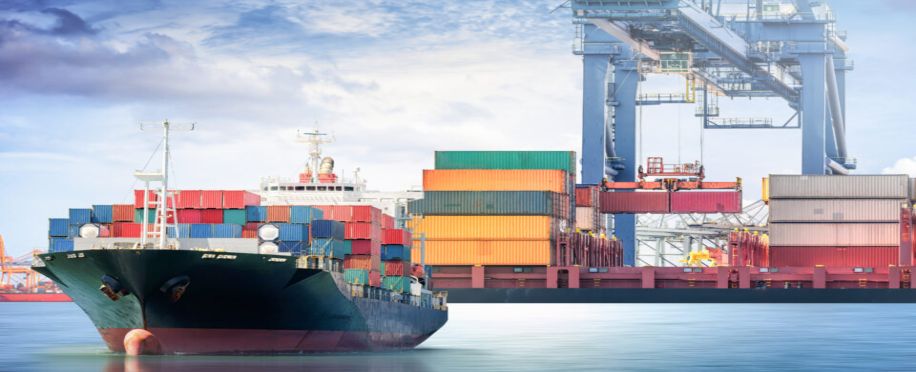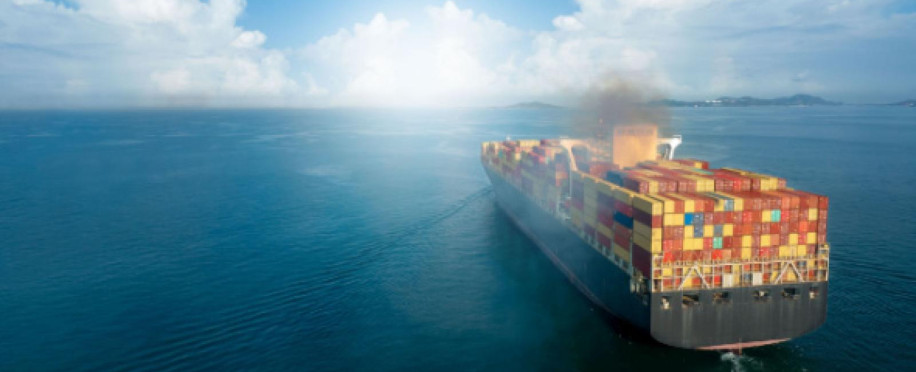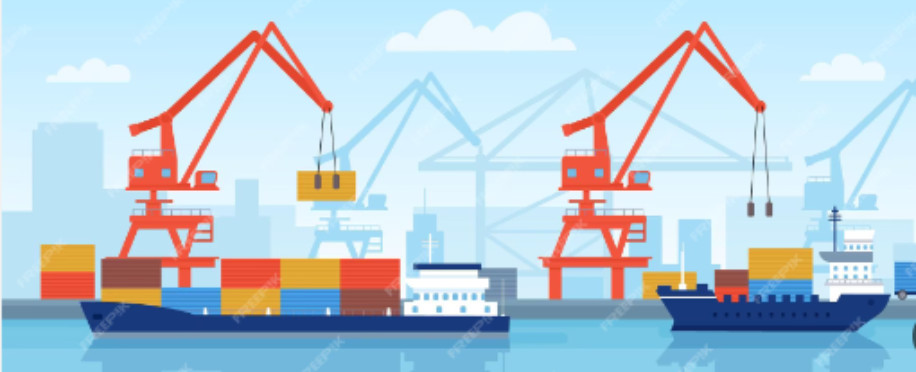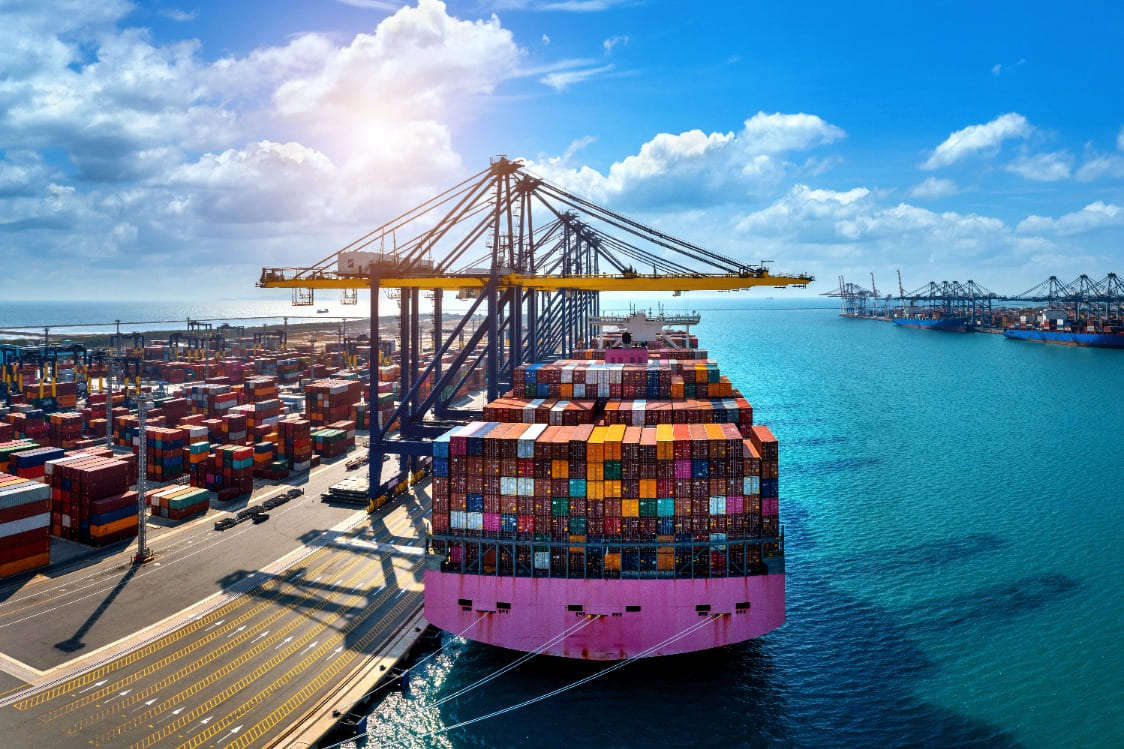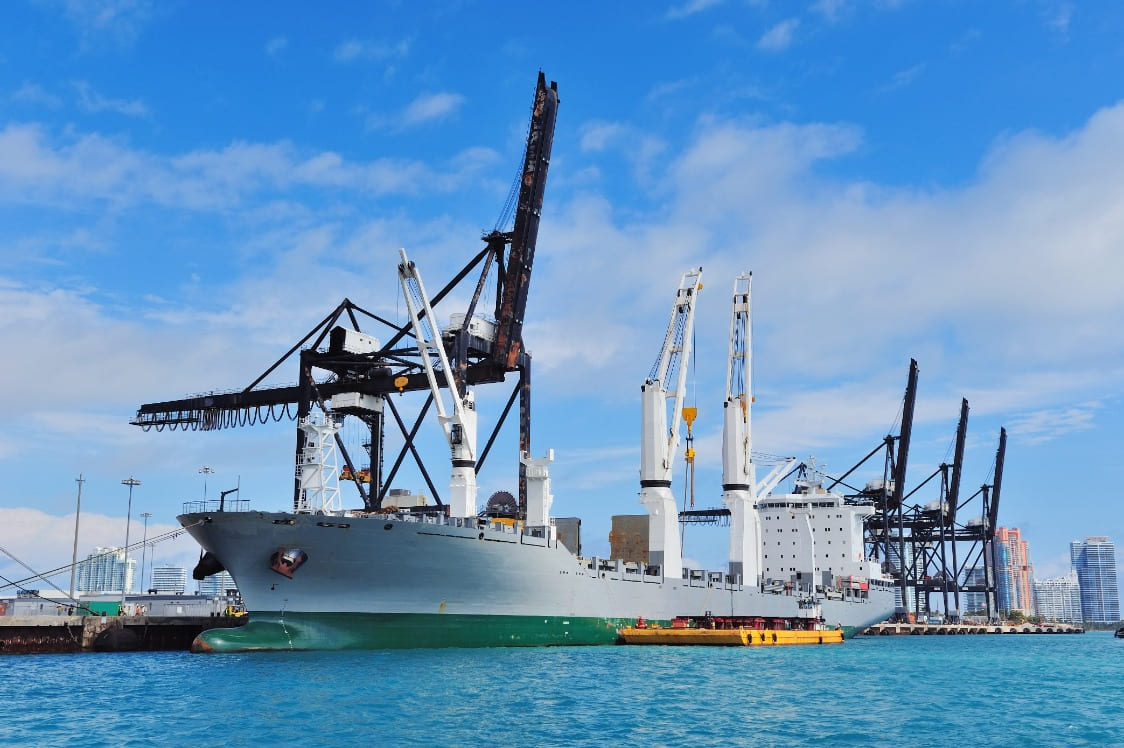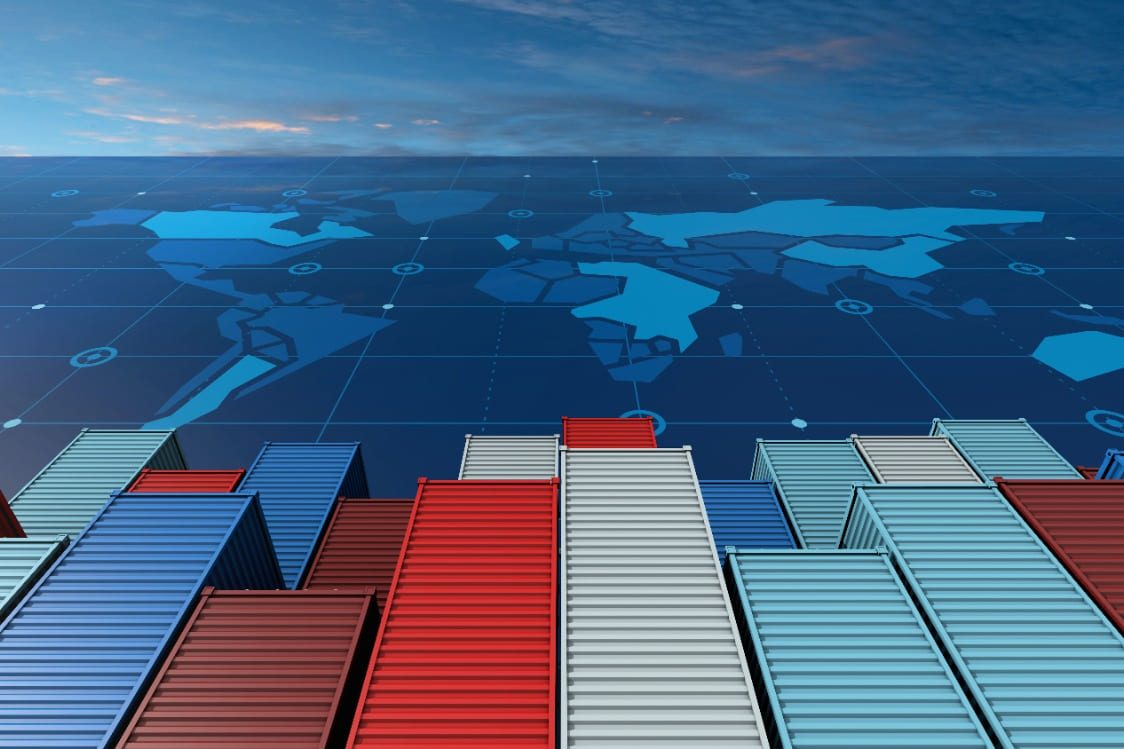Feeder Vessel vs. Mother Vessel: What’s the Difference?

Posted on Mar 12, 2025 at 11:03 PM
In the world of shipping, companies in the USA and globally constantly face challenges in ensuring the efficient movement of cargo. Among these challenges, a feeder vessel plays a crucial role in connecting regional ports to major hub ports, facilitating a smoother cargo flow and enhancing efficiency. However, securing space on a feeder vessel can be a complex process that requires communication with agents to obtain the latest freight rates and schedules. This can be time-consuming and lead to increased costs due to market opacity.
If you work in shipping, freight forwarding, or NVOCC, you are likely familiar with the difficulties of securing slots on feeder vessels. Several factors—such as port infrastructure, loading capacity, and fluctuating costs—must be considered. But what exactly is a feeder vessel? How does it differ from a mother vessel? And what impact does it have on global trade? Keep reading to learn more.
What Is a Feeder Vessel?
It is also called a short-sea vessel, is a medium-sized ship designed to transport containers between regional ports and major ports. These vessels transfer cargo to mother vessels at hub ports, enabling long-haul ocean transport. Feeder vessels are particularly advantageous because they can navigate shallow waterways and access strategic locations that larger ships cannot reach.
Not to mention, feeder vessels provide vital transportation solutions between regional ports and global shipping hubs. They primarily deliver containerized cargo, ensuring seamless cargo transfer at central ports before containers continue their journey across the sea.
A notable feature of feeder vessels is the presence of versatile self-loading equipment, which allows them to function in deep ports with limited infrastructure to handle containers. As a result, these vessels typically range in size from 500 to 2000 TEU, making them ideal for carrying cargo between regional ports without having to wait for long periods in congested ports. Furthermore, the nautical chart forms the cornerstone of guiding feeder vessels through narrow passages, which in turn facilitates their movement between both secondary and primary ports in the marine environment.
Key Differences Between Mother and Feeder Vessel
Features of Feeder Vessel
- Smaller capacity—Feeder vessels typically hold between 500 and 2,000 TEU.
- Flexible routes—Unlike mother vessels, feeders work on demand, serving regional ports.
- Optimal design—Focuses on fuel efficiency rather than high velocity, with speeds ranging from 15-20 knots.
- Basic infrastructure—They have basic equipment such as their self-loading cranes for loading and unloading containers.
Features of Mother Vessel
- High capacity—The ability to carry over 10,000 TEUs, which makes it ideal for long-haul ocean freight.
- Fixed routes—They operate on international shipping lines connecting major ports in global markets.
- High speeds—Designed for speed, with some ships reaching more than 25 knots.
- Advanced facilities—Includes containership refrigeration, automated container handling and cutting-edge navigation systems.

The Role of a Feeder Vessel in Global Trade and Shipping:
Essentially, feeder vessels of this type play a key role in shipping operations by enhancing connectivity between regional ports and main hub ports. By transporting containers, these vessels facilitate transshipment and reduce freight costs, ensuring a successful supply chain.
Benefits of Feeder Vessels
- Reduce congestion at busiest ports: Help distribute containers and loads across meters, preventing bottlenecks through chartered vessels.
- Expand trade access: Efficiently transports cargo and serves ports that mother vessels cannot reach due to infrastructure constraints, supporting various carriers and shipment types, optimizing fleet operations, and maintaining a high rating for the company.
- Enhance operational flexibility: Enable the carrier to adapt to trade demands by chartering feeder vessels for different categories of bulk shipments with corporation approval, ensuring smooth sailing of built vessels.
- Support for shipping services: These types of vessels play a crucial role in maritime professional training, where crews study vessel operation, tracking systems, and data analysis, while also upgrading their skills in the latest series and classes of vessels to meet current and upcoming generation demands.
Future of Feeder Vessel Operations:
As reliance on feeder vessels grows in the shipping sector, understanding how to charter these vessels, select the best shipping solutions, and stay updated on innovative developments becomes increasingly important.
To stay informed about feeder vessel operations, you can track vessels on platforms such as MarineTraffic, VesselFinder, and Lloyd's Register. Leading feeder vessel designers—including Damen, Knud Hansen, and Seaspan—are continuously developing pioneering designs to optimize containerships for upcoming shipping demands.
Are you ready to take advantage of the vast potential of feeder vessels?
